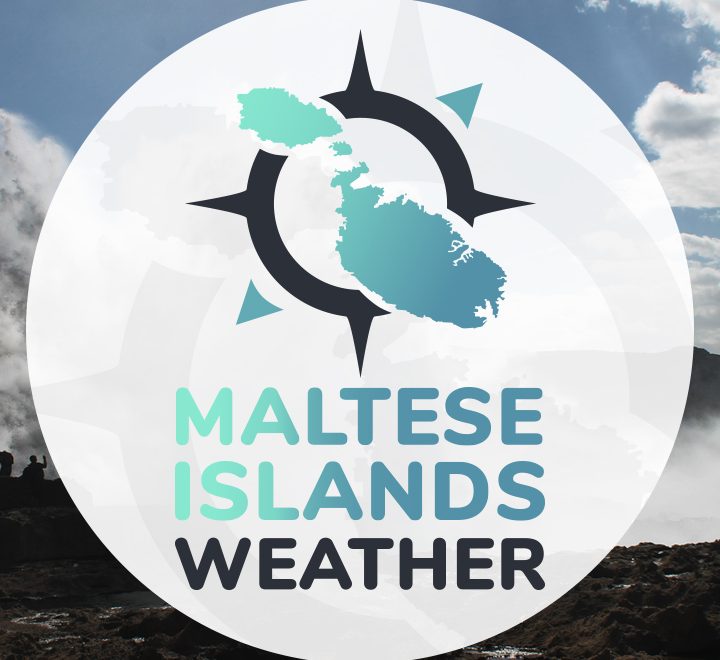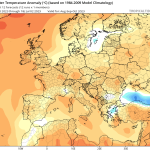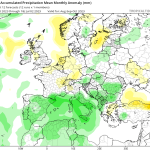
What is a typical July like according to climate statistics?
|
Mean Maximum Temperature |
Mean Minimum Temperature | Mean Temperature | Total Rainfall |
| 31.5°C | 22.4°C | 27.0°C |
0.2 mm |
What do long-term weather maps indicate for July 2023?
July is the second month of meteorological summer. With close to negligible precipitation, July is typically the driest month of the year. The second half of July, along with the first half of August, normally constitute the hottest period of the year. After a slow start to summer in June, and a breezy start to July, summer looks set to take hold of the Maltese Islands. The Azores High has strengthened, and is now the dominant pressure system across the Mediterranean and Europe. The blocking anticyclones synonymous with summer in the Maltese Islands have strengthened too. Consequently, summer weather will prevail. Overall, we’re expecting air temperatures to be slightly hotter than average over the course of July. Despite this, no extreme heat is being anticipated at this stage. With the exception of possible isolated showers over central localities due to an ‘għarixa’ caused by an intrusion of colder air in the upper levels of the atmosphere, July 2023 is likely to be very dry. As a rule, summers in the Maltese Islands are always hot. Some are more extreme than others. This year’s one is expected to be around average. A less extreme summer may mean the odd brief spell of instability from time to time. Zones of instability in summer are typically characterized by breezy to strong winds, a temporary dip in temperatures and the occasional shower. July started off with one of these unstable episodes. Another one is possible later in the month.
What do long-term weather maps indicate for the longer-term?
FURTHER OUTLOOK (TEMPERATURE) FOR AUGUST 2023 – SEPTEMBER 2023 – OCTOBER 2023 Average
FURTHER OUTLOOK (PRECIPITATION) FOR AUGUST 2023 – SEPTEMBER 2023 – OCTOBER 2023 Wetter than Average*
* An ‘Wetter than Average’ outlook means that maps are pointing towards greater than normal storm system activity around the central Mediterranean. How the seasons fare in terms of actual precipitation amounts measured locally depends on whether the rain-producing systems that form around the Maltese Islands affect land or not.
- Long-term seasonal model for temperature for August 2023/September 2023/October 2023
- Long-term seasonal model for temperature for August 2023/September 2023/October 2023
Disclaimer: Specific details on the weather may only be given for a couple of days in advance. This long-term forecast is not meant to determine specific weather parameters at a point on the Maltese Islands. Instead, it looks at large scale weather patterns across Europe, and attempts to determine how these may influence the weather locally. Our levels of confidence in the forecast for the month ahead are fair. These are reasonably lower when it comes to the ‘Further Outlook’ section. Weather forecasts are an interpretation of possible weather events based on trends, maps and climate data at the time of the forecast, and as a result, weather predictions may always change over time. Maltese Islands Weather can never be held responsible for any direct, indirect, incidental, consequential, special or exemplary damages or even lost profit resulting from any use or misuse of this data. The user assumes the entire risk related to the use or misuse of this data.



